In October last year, Schools Week published an interesting article about a shortage of places in the state-funded alternative provision (AP) sector, which includes pupil referral units and AP academies and free schools.
We published an article at the time expressing some surprise at the findings given that published DfE statistics for January 2023 show that there were 13,191 pupils on roll in 335 AP schools. However, this was somewhat lower than the 16,134 on roll in January 2019.
Since then, DfE has published updated data for January 2024. This shows that there were 15,866 pupils on roll in 333 AP schools.
The data we have for research lags behind published data. However we can update our previous article with data up to the end of Summer 2022/23. Data for terms other than Spring (based on the January Census) is currently not published by DfE.
Data
For this blog I use termly School Census data for the years 2019/20 to 2022/23. Data for the summer term 2019/20 was not collected due to national lockdown as a result of the COVID-19 pandemic.
This contains details of all enrolments at state-funded schools in England. This includes the type of registration (or enrolment status) plus characteristics of pupils (gender, disadvantage, ethnic background and so forth).
I link School Census to data from Get Information About Schools to identify which pupils are attending AP schools.
Enrolment status
Most pupils who go to schools in England go to one school. They will be recorded in schools’ management information systems as having an enrolment status of C, which stands for ‘current’ according to the definitions given in the Common Basic Dataset for schools.
Some pupils who attend AP schools may be attending part-time and attending another (often mainstream) school the rest of the time. One school will hold the pupil’s main registration (enrolment status M) and the other (usually the AP school) will hold a subsidiary registration (enrolment status S).
In some cases, other enrolment statuses may apply. For instance, if a pupil is principally attending an FE College or other provider (e.g. an independent AP school).
The table below shows the enrolment statuses of all pupils on roll in AP schools in January 2023 according to School Census.
Published statistics for that year show that there were 13,191 pupils on roll in AP schools. This is the total of all bar the subsidiary enrolments from the table above.
Almost 12,000 pupils with subsidiary enrolments are not counted- nearly as many as those that are counted.
These numbers stood at 15,866 and 11,065 respectively in January 2024, i.e. more main registrations and fewer subsidiary registrations.
Moreover, there may also be pupils attending AP schools who are not on roll but who may be attending on a trial or temporary basis. These figures cannot be calculated from School Census so the scale of this is unknown.
A breakdown of enrolments by school type for January 2023 is shown below.
Enrolments in AP schools
The second point to make is that AP schools tend to fill up as the year progresses.
In 2023, there were 38% more enrolments in AP schools in Summer than in Autumn.
Part of the reason that numbers fall between Summer and Autumn is that many pupils in AP are in Year 11 and most AP schools do not offer post-16 provision.
So it would seem unusual that there should be such demand for places in the AP sector at the start of a school year.
I should also point out that some pupils could be counted more than once in the charts above (e.g. if they held a main registration at one AP school and a subsidiary registration at the other). But only around 200 pupils appear to be affected each term.
Missing main enrolments
Around 1,100 pupils with a subsidiary registration at an AP school in Summer 2023 appeared to have no corresponding main enrolment at a state-funded school in England.
Summing up
Official statistics on numbers of pupils on roll in the AP sector under-estimate the true number on roll as pupils with subsidiary registrations are not included.
The number of pupils on roll with current or main registrations in the AP sector in Summer 2023 was lower than in 2019. So it remains something of a mystery why there should be reports of the sector being full now. The number of schools fell from 352 to 335 over the same period, which may explain some of it.
We also don’t know about whether the number of places in each school has changed. Perhaps capacity was reduced following the pandemic. Alternatively, it could be that increased demand for places is a local issue, i.e. there are too few places in some areas and an excess in others.
Publication of data on the number of places available at each AP school (as well as numbers of those attending) would be helpful.
It is also worth remembering two things regarding AP schools.
Firstly, that not all pupils who end up in AP have been excluded.
Secondly, that not all AP schools have pupils with current or main enrolments. In fact, if you look at DfE’s published school-level statistics (ZIP), you will see that there are apparently some AP schools without any pupils at all.
However, if data on subsidiary and other registrations were published we would have a better idea of how many pupils are attending each school.
Want to stay up-to-date with the latest research from FFT Education Datalab? Sign up to Datalab’s mailing list to get notifications about new blogposts, or to receive the team’s half-termly newsletter.




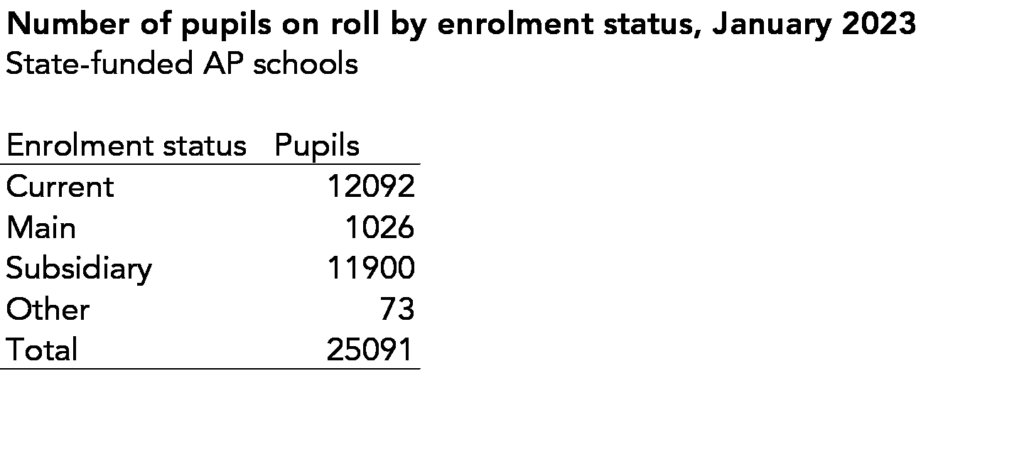

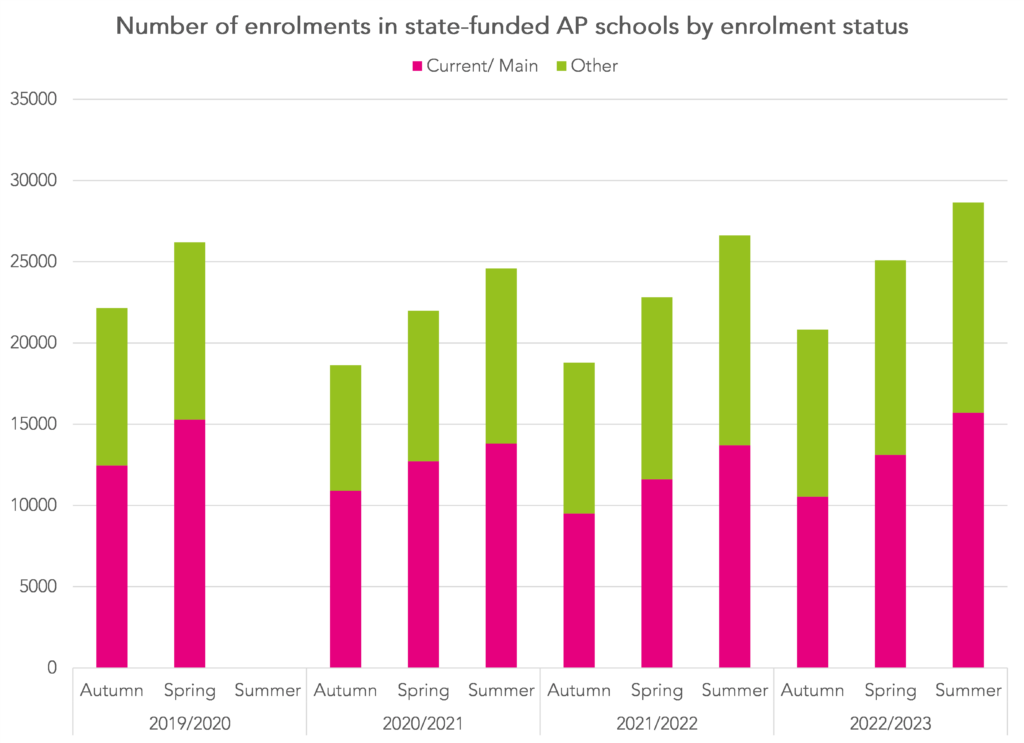
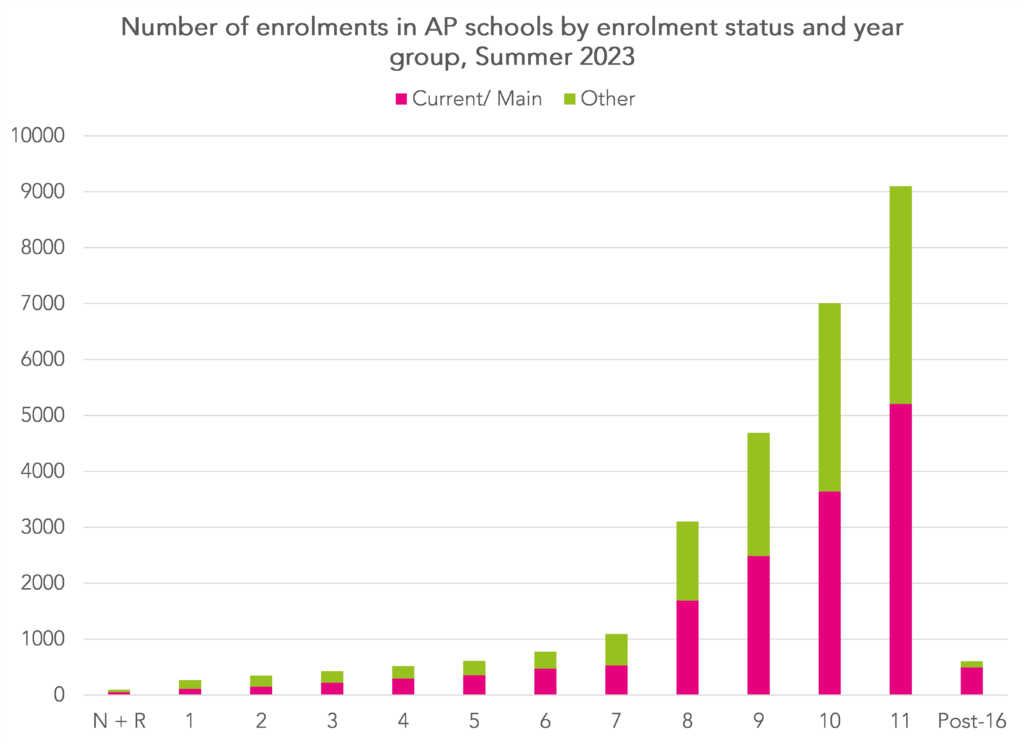
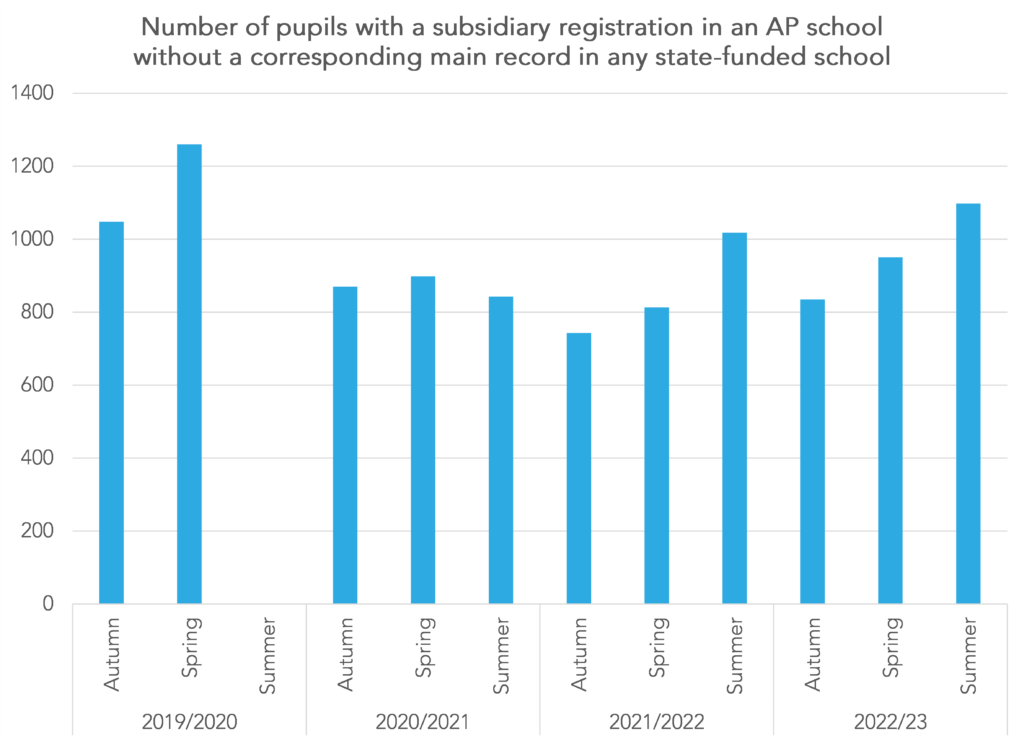
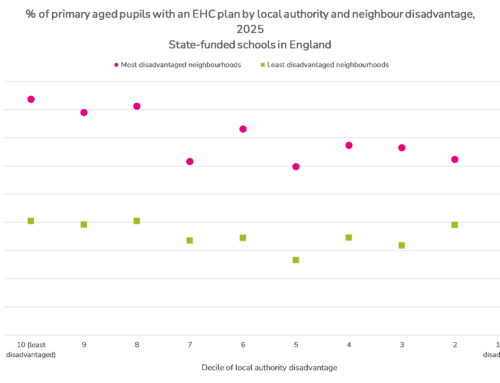

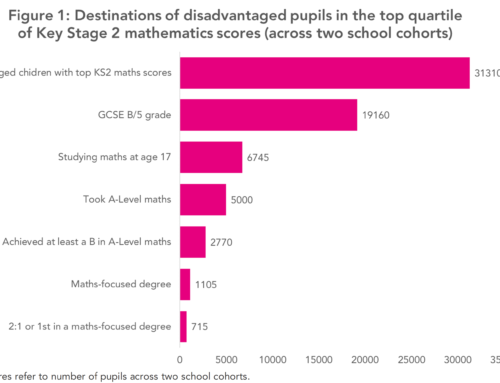

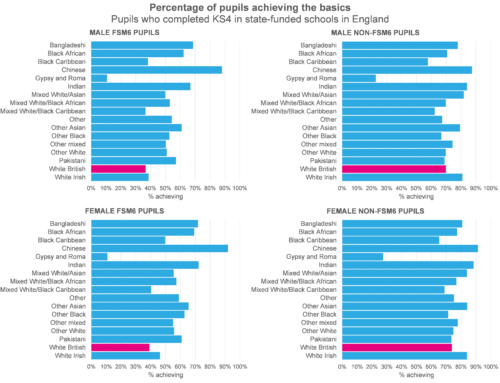
Leave A Comment